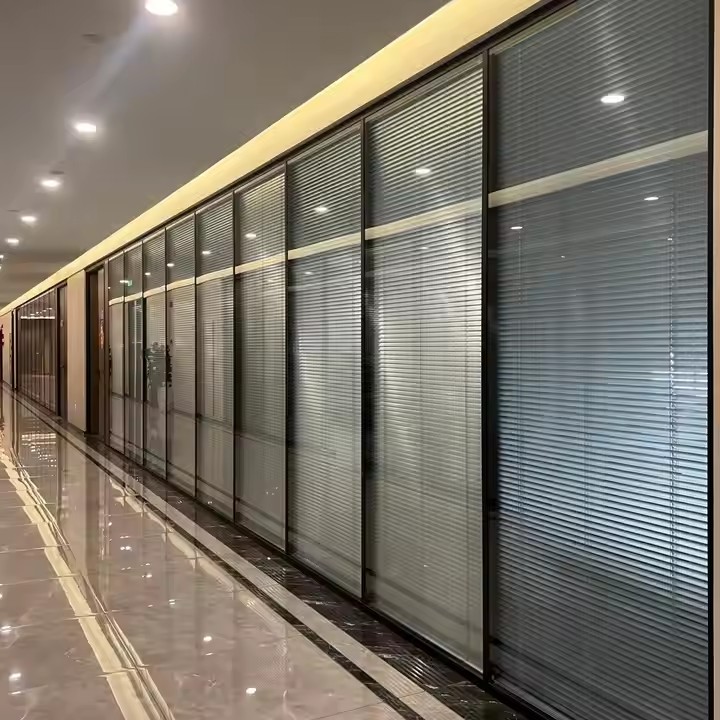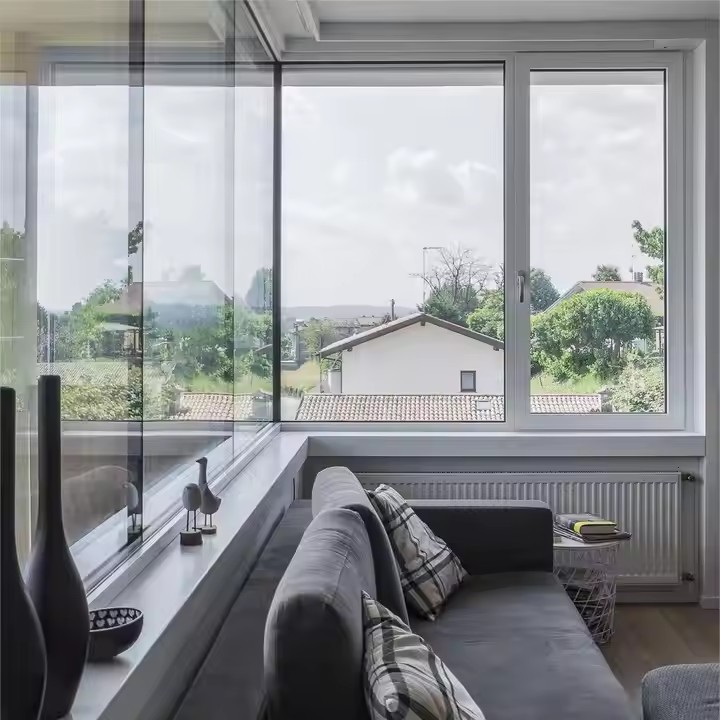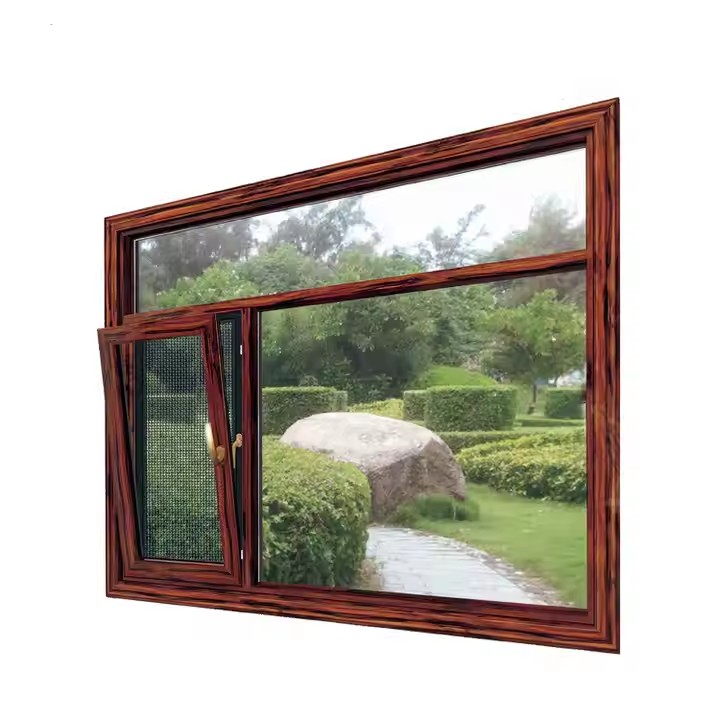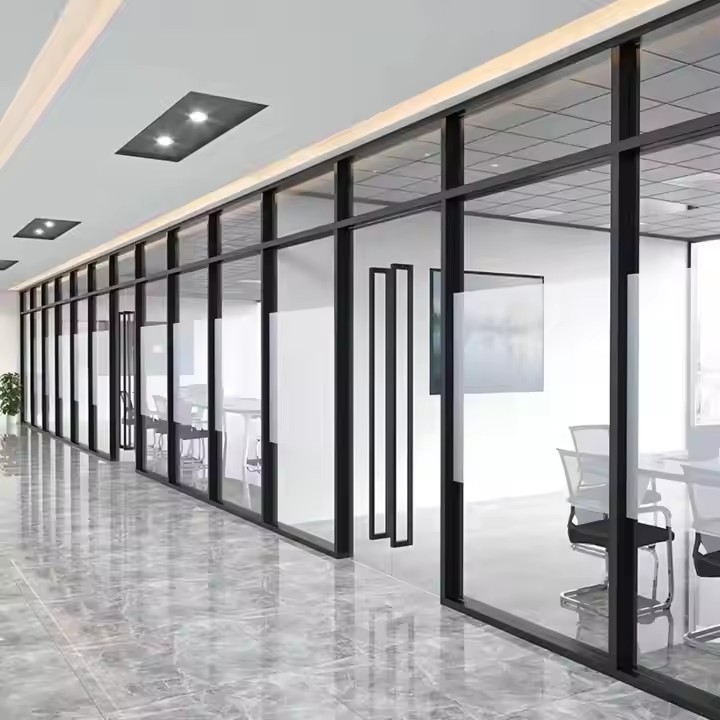Structural Design
Folding Method and Space Planning: It is necessary to select an appropriate folding method, such as double folding or single-sided folding, according to factors such as the size of the window, the opening direction, and the installation position. Meanwhile, the space occupation after folding should be accurately planned to ensure that when the window is opened and closed, it will not interfere with surrounding objects or structures and can make the most of the space after opening. Space planning involves designing the indoor environment, determining what is suitable to install in a certain area, and which position is suitable for the kitchen. Also, it should be considered whether it is better for the folding window to fold up and down or left and right, depending on the customer’s design preferences and what brings convenience to life.
Frame Strength and Stability: The frame of a folding window needs to bear significant pressure and tension. Especially in the case of multiple folding panels, it is necessary to ensure that the frame does not deform or twist during long-term use to guarantee the normal opening and closing of the window and usage safety. This requires the reasonable selection of the frame’s cross-sectional shape, size, and material during the design process, as well as accurate mechanical calculations and structural optimization. The stability design of the folding window frame is of great importance because the window experiences significant vibrations when opened and closed. Therefore, the frame design must be stable for long-term use.

Drainage System Design: To prevent rainwater from seeping into the room, folding windows need to be equipped with an effective drainage system. However, due to the relatively complex structure of folding windows, which have many gaps and corners, the design and layout of the drainage channels are quite difficult. It is necessary to ensure smooth drainage and avoid problems such as leakage and corrosion caused by water accumulation. The drainage system should be designed reasonably. For example, for folding windows installed indoors, the drainage system should be designed more elaborately. If the drainage system is not well-developed, rainwater can easily seep into the room, causing negative impacts on customers.
Material Selection
Profile Material: It is necessary to select profile materials with good strength, corrosion resistance, and weather resistance. Common aluminum alloy profiles have the advantages of light weight and high strength, but there are differences in quality and performance among aluminum alloys of different brands and models, which need to be carefully screened. Meanwhile, for some areas with high requirements for thermal insulation performance, it is also necessary to consider using materials with better heat insulation performance, such as broken bridge aluminum alloy.

Glass Performance: Glass is an important component of folding windows, and its performance directly affects the lighting, heat insulation, and sound insulation effects of the windows. In addition to selecting the appropriate glass thickness and type (such as single-layer glass, double-layer glass, laminated glass, etc.), it is also necessary to consider indicators such as the glass’s optical properties and thermal conductivity coefficient to meet different usage requirements.
Sealing Materials: The quality and performance of sealing materials are directly related to the sealing effect of folding windows. It is necessary to select sealing strips and sealants with good elasticity, aging resistance, and weather resistance to ensure good sealing performance under different climatic conditions and prevent the infiltration of rainwater, wind-blown sand, and air.
Sealing Performance
Sealing at the Connection of Multiple Panels: Folding windows consist of multiple window panels. During the folding and unfolding process, gaps are likely to appear at the connection parts of each window panel, affecting the sealing performance. During the design process, special sealing structures and materials need to be adopted. For example, double sealing strips can be set at the connection parts, and the combination of concave and convex grooves can be used to ensure a good sealing effect during the opening and closing of the window.
Sealing at the Connection of the Frame and the Wall: The connection part between the frame of the folding window and the wall is also a key part for sealing. Due to possible unevenness on the wall surface, a reasonable installation method and sealing measures need to be designed, such as filling with sealant and installing sealing gaskets, to ensure the sealing performance between the window and the wall and prevent rainwater and air from seeping through the gaps.

Hardware Fittings
Quality and Durability: Hardware fittings are key components for the smooth opening and closing and stable use of folding windows, such as hinges, handles, locks, etc. These fittings need to withstand frequent use and considerable force, so they are required to have high quality and durability. During the design process, hardware fittings with reliable quality and good brand reputation should be selected, and the specifications and models of the fittings should be reasonably determined according to factors such as the size, weight, and usage frequency of the window.
Compatibility with Window Sashes: The size, shape, and installation position of hardware fittings need to be adapted to the structure and material of the window sashes to ensure firm installation and convenient use. For example, the installation position and quantity of hinges should be accurately calculated and designed according to the weight and size of the window sashes to ensure the balance and stability of the window sashes. The design of handles and locks should conform to the principle of ergonomics, be convenient for users to operate, and be coordinated with the overall style of the window.
Installation Precision
Horizontal and Vertical Precision: The installation of folding windows requires a high level of horizontal and vertical precision; otherwise, it will affect the normal opening and closing and sealing performance of the windows. During the installation process, professional measuring tools and installation equipment need to be used to accurately measure and adjust the installation position of the windows to ensure that the frame of the window remains horizontal and vertical with respect to the wall.
Coordination with the Surrounding Environment: The installation of folding windows also needs to consider coordination with the surrounding environment, such as matching the style and color of the building’s exterior facade and being coordinated with the surrounding doors, windows, walls, and other structures. During the design and installation process, the overall aesthetics and functional requirements of the building should be fully considered to ensure that the folding windows are integrated with the surrounding environment and do not affect the overall effect of the building.

